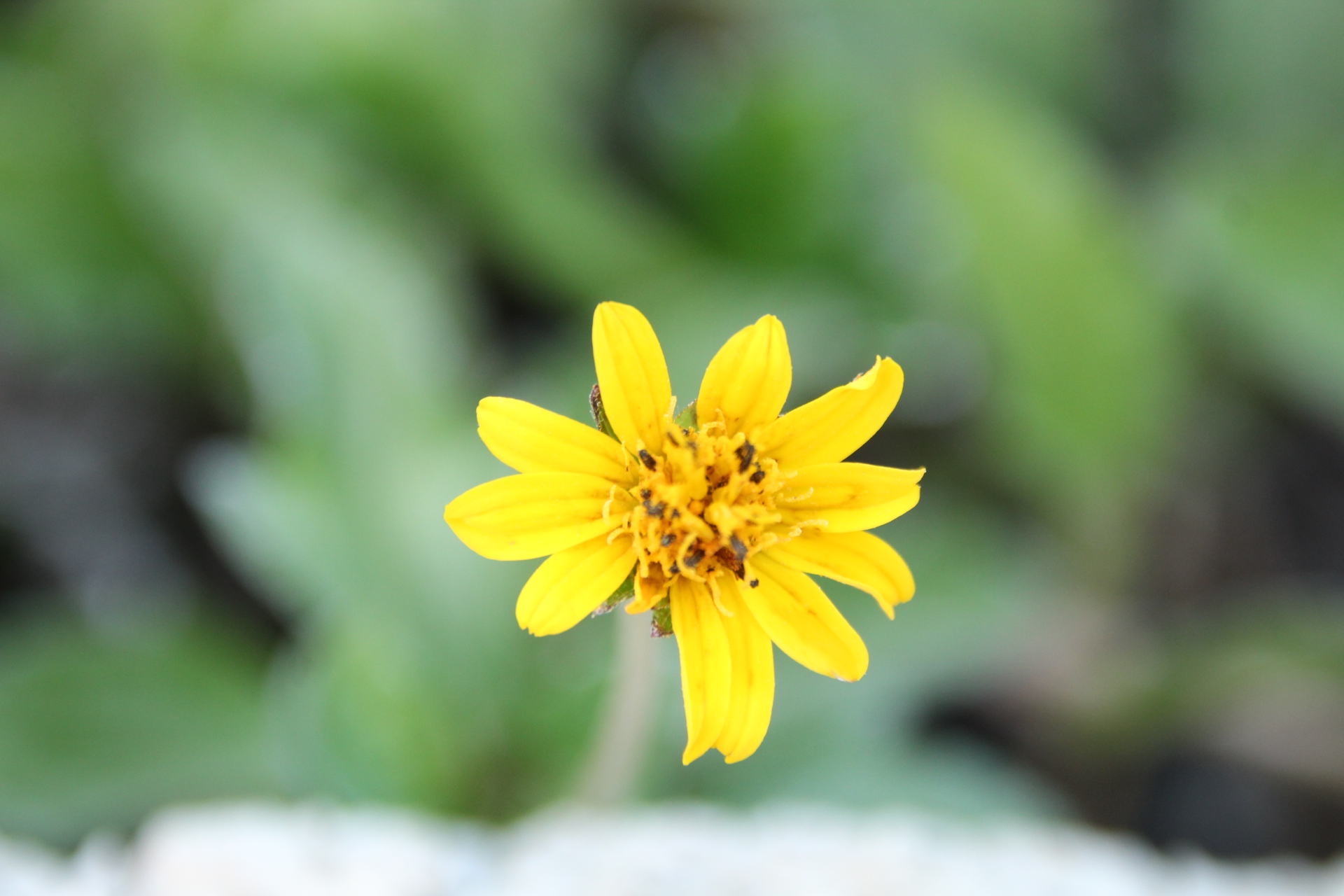When you’re in the first step on your photography journey with new camera. It’s important to know and learn how your camera whether it is DSLR/mirrorless works. Aperture has a crucial role in the exposure triangle (shutter speed, ISO and aperture). It determines partially the exposure of your photograph.
When a camera takes a photo, the shutter mechanism opens, light comes on to the sensor after which the shutter closes again. When the lens hits the sensor and you have a lens attached to your camera, the light goes through the lens first.
Aperture blades determine how much light comes through your lens. So simply put: The aperture controls the amount of light that comes through your lens.
Obviously, when you have a big opening on your lens, lots of light can go through at once and if you have a very small opening it’s the opposite. This is what we call a ‘big or large’ and ‘small’ aperture. Remember this: a BIG aperture lets in a BIG amount of light, a SMALL aperture lets in a SMALL amount of light. So how does this translate into our camera settings?
Aperture points to the opening of a lens’s diaphragm through which light passes to the camera. It is calibrated in f/stops and is normally written as numbers such as 1.4, 2, 2.8, 4, 5.6, 8, 11 and 16. Lower f/stops give more exposure because they represent the larger apertures, while the higher f/stops give less exposure because they represent smaller apertures.
This might seem contradictory at first learning but will become cleared as you take pictures at different f/stops. Check your camera manual first to learn how to setup Aperture Priority in your camera, then try experiencing to get comfort with experimenting the aperture change and recognize the effects of different apertures on your photograph.

